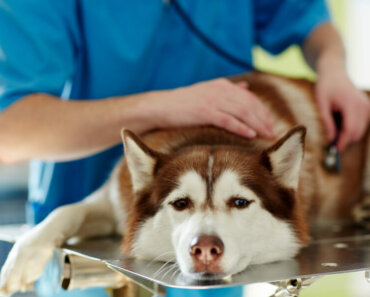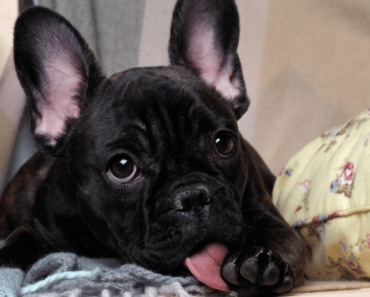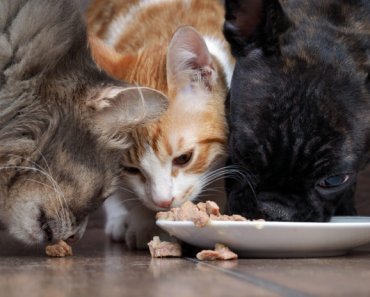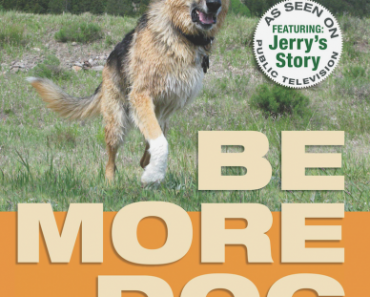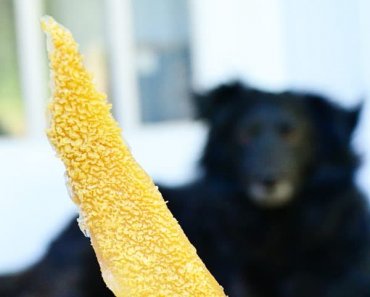Seeing the veterinarian on a regular basis is a necessary part of being an animal parent. Recognizing and managing your dog or cat’s emotional state and primary needs can help take the stress out of vet visits.
Dogs and cats experience varying “moods” or emotional states that can shift instantly in response to different circumstances or environments. If their primary emotional needs are not recognized and managed, stress levels increase. This is why so many dogs and cats become agitated or anxious during vet visits. Understanding more about your animal’s emotional state, and how it changes, can help you respond better to his primary needs in the moment, thereby reducing his stress.
Your animal’s needs and emotional states
Natural horsemanship clinicians Pat and Linda Parelli created a simple template of observation and intuition applied to horses and called it HorsenalityTM. As a student of animals all my life, I resonated with this concept and extrapolated to all species, including dogs and cats. I have termed this multi-species inclusion AnEmotionalityTM.
Here’s how it works. The individual’s primary need at any time will vary, depending on his emotional state at that time.
An animal’s hierarchy of needs:
- Safety
- Comfort
- Play
- Food
His emotional states depend on these four factors:
- Genetics
- Learned behaviors
- Environment
- Spirit level (low, medium or high energy)
 An example of how needs and emotional states are connected can be seen in a stressed dog or cat that is fearful for his safety. During such a time, he will not be treat- or play-motivated, even if he loves these things under normal conditions.
An example of how needs and emotional states are connected can be seen in a stressed dog or cat that is fearful for his safety. During such a time, he will not be treat- or play-motivated, even if he loves these things under normal conditions.
Left brain, right brain…extrovert or introvert?
The ability to recognize an animal’s shift from confident to fearful, and to manage his needs, can be learned through an understanding of the following components.
Emotional components:
- Right Brain (RB): Emotional, sensitive, fearful, timid, insecure; searching for safety and leadership. Repetitive routine helps animal feel confident.
- Left Brain (LB): Confident, dominant, naughty, stubborn, clever; makes own rules if you don’t provide them; challenges your leadership.
Action components:
- Extrovert (E): Expends energy; needs to MOVE his feet before he can think it through.
- Introvert (I): Conserves energy; needs time to THINK before he can move or react.
Emotional states and related primary needs

Since these “moods” can shift instantly, recognizing when to incorporate strategies that answer the animal’s emotional currency at the time reduces stress as he feels his primary needs at the moment are being managed.
Although an animal may possess primarily one or two traits (introvert or extrovert, right or left brained), different situations and environments, such as vet visits, can allow other traits to show up. Addressing the primary needs of each dog or cat will help manage the emotions and result in stress reduction.

Clinical examples
RBE (Safety)
Think of the fear-biting German shepherd or fractious cat. This may also include animals that are completely left brained at home, but are over-stimulated to right brain tendencies by their need to feel safe in a new environment. These animals are not treat-motivated until they can be encouraged to access their left brain thinking. Decreasing pressure by incorporating approach and retreat (with lots of retreat) and little to no eye contact would be beneficial.
For example, the fear-biting German shepherd may need to be ignored initially while you’re conversing with the vet, so you can approach the intended evaluation in stages.
RBI: (Comfort)
These animals appear to be calm, but can explode unpredictably once their threshold is met. They can be the silent sufferers who hate conflict, become catatonic, hide, and allow their stress cortisol levels to wreak havoc on their well-being. Taking time with these animals and proceeding slowly and gently is helpful. Incorporate lots of approach and retreat.
Another example is the anxious dog that can’t look at you. Direct eye contact is a form of pressure in this emotional state. Allow time for the dog to relax. If he is ignored for a while, he may become curious and turn to sniff you. This is your permission to engage.
LBE: (Play)
Playful, energetic and naughty! Labs, border collies, terriers, fly ball and agility stars, and hunting dogs are examples. These dogs usually love coming to the clinic. Cats that investigate all cupboards and surfaces, and go up to greet the vet, fit this profile. Motivation in the exam room can include asking these animals to perform a trick, offering a toy, or allowing them to “work” for a treat reward.
LBI: (Incentive)
Stubborn, argumentative, refusing to budge, and can be a bully. Picture the cat lying on his chest and stomach on the exam table with his paws turned in, and complains when being picked up. Or the dog that prefers to sit or lie where he can’t be reached, or refuses to be led or come when called. These animals can usually be motivated with treat rewards.
Remember that dogs and cats don’t understand that vet visits are for their own health and well-being. Gaining an understanding of your animal’s state of mind during a checkup (or any other stressful situation), as well as what motivates him, and then attending to his primary needs, results in a more positive and less stressful experience for everyone.



